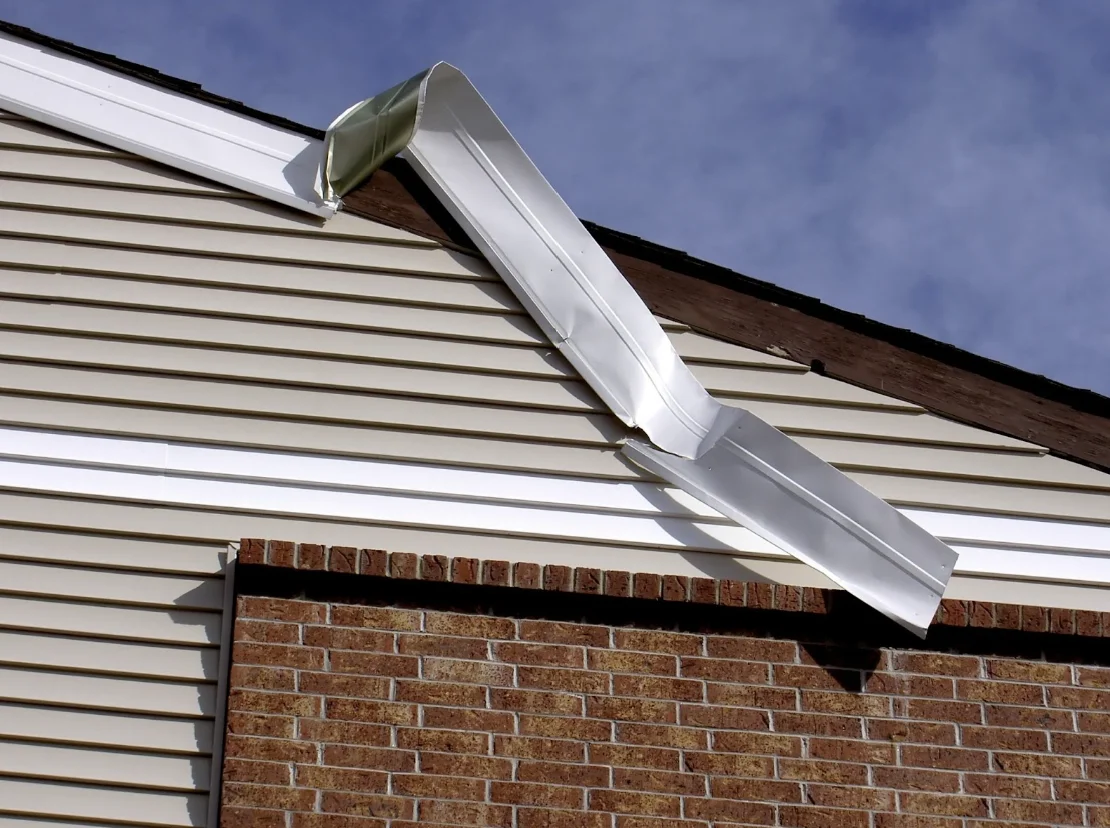Regarding homeowners insurance, the details of what is covered can often be complex and specific to your policy. One common area of confusion is the coverage for siding damage. Siding, being a significant part of your home’s exterior, can be vulnerable to various kinds of damage.
Understanding how your homeowner’s insurance applies to siding is crucial for managing your home’s upkeep and ensuring you can handle potential repairs financially.
Overview of Homeowners Insurance and Siding Damage Coverage
Homeowners insurance protects the structure of your home and anything permanently attached to it, such as siding. The extent of coverage for siding damage depends on the type of damage and the specifics of your policy. Most policies cover damage up to the policy limits, minus your deductible. It’s important to review your policy to understand which types of damage are covered. Coverage options may include either replacement cost or actual cash value. Replacement cost covers the full expense of repairing or replacing damaged siding at current prices, while actual cash value considers depreciation, paying only for what your siding is worth at the time of damage.
Common Causes and Coverage for Siding Damage
Siding damage can result from various sources, with extreme weather being the most common culprit. For instance, strong winds might tear siding off your home, and hail can leave dents or holes. Typically, if your homeowners policy includes extreme weather as a covered peril, it will cover such damage when it occurs.
Apart from weather-related incidents, homeowners insurance policies may also cover siding damage from other perils, such as:
-
Vandalism and Malicious Mischief
This includes intentional damage caused by someone attempting to deface or destroy your property.
-
Fire and Smoke
Damage from fire and the accompanying smoke can extensively damage siding, which is generally covered.
-
Damage from Aircraft or Vehicles
Although less common, damage to your siding and structure will typically be covered if a vehicle or an aircraft strikes your home.
Exclusions in Siding Damage Coverage
Not all siding damage is covered by homeowners insurance. This insurance doesn’t cover everyday wear and tear, as siding naturally weakens and breaks down over time. Also, if damage is due to poor maintenance, such as not cleaning or fixing the siding when needed, your insurance won’t cover the repair costs. Moreover, homeowners insurance typically doesn’t pay for purely cosmetic repairs. If your siding works fine but doesn’t look good, or if the damage was there before you bought your policy or home, you’ll probably have to pay for repairs or replacements yourself.
Procedure for Filing a Siding Damage Claim
The process typically involves several steps if you need to file a claim for siding damage. Initially, your claims adjuster will assess the damage, often requiring detailed information and documentation. They may ask questions to understand better how the damage occurred and to determine whether it falls under a covered peril.
Before formally filing a claim, getting an estimate for the repairs might be wise. If the cost to repair the siding is less than or close to your deductible, pursuing a claim may not be financially beneficial. Paying out of pocket for minor damages might be more cost-effective and prevent potential premium increases.
Wrap-Up
It’s crucial to understand your homeowners insurance coverage to effectively manage potential siding damage. Regularly reviewing your policy can clarify which perils are covered and whether you’ll be compensated based on replacement cost or actual cash value. Additionally, taking care of your siding and performing regular inspections can help prevent damage and maintain your home’s condition. Being proactive and knowledgeable about your homeowners insurance can help you manage its complexities and safeguard your investment effectively.
FAQs
What steps should I take immediately after my siding is damaged?
After your siding is damaged, document the damage with photos or videos as soon as it’s safe to do so. Report the damage to your insurance company promptly and follow their guidance on how to proceed with repairs. Make sure to secure your home from further damage, but avoid making permanent repairs until an adjuster has assessed the situation.
Will my homeowners insurance cover the cost to upgrade my siding to better quality materials after damage?
Typically, homeowners insurance aims to restore your property to its original condition before the damage occurs. If you choose to upgrade your siding, you will likely have to pay the difference in cost between the standard replacement materials and any upgrades yourself.
Is siding damage from pests like termites covered by homeowners insurance?
Damage from pests, including termites, is generally not covered by standard homeowners insurance policies as it falls under maintenance issues that the homeowner is expected to manage.
Are there any preventative measures I can take to reduce my siding damage risk and possibly lower my insurance premiums?
Maintaining your siding by regular cleaning, prompt repairs, and periodic inspections can help prevent damage. Additionally, installing weather-resistant siding or improvements that enhance durability against local climate conditions may not only reduce the risk but could potentially lower your insurance premiums. Discuss with your insurance agent about possible discounts for home improvements.
Get the right coverage for your home with tutenagency
New tutenagency customers?
Quote homeowners insurance online or call (334) 502-5111 to insure your home.
Legal Disclaimer: ADVERTISING MATERIAL ONLY. Do not rely on this site or this article for legal or financial advice. The information provided on 210agency.com is strictly for educational purposes and to provide you with general educational information. Since state laws and financial regulations are subject to change, please schedule an appointment with an attorney or qualified financial advisor in your area to further discuss your personal situation. This public information is neither intended to, nor will it, create an attorney-client or financial representative relationship.

